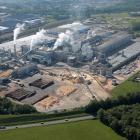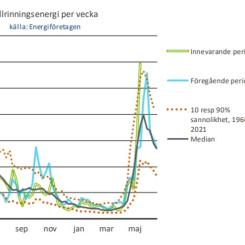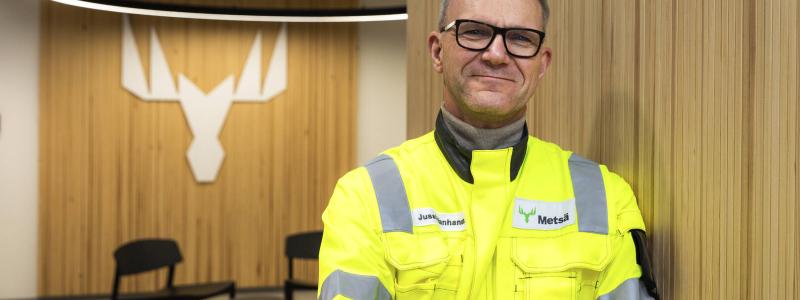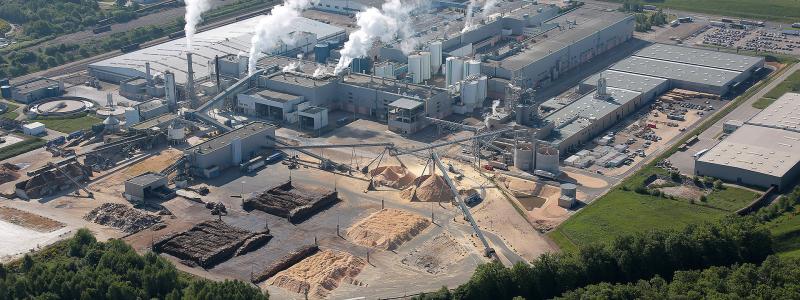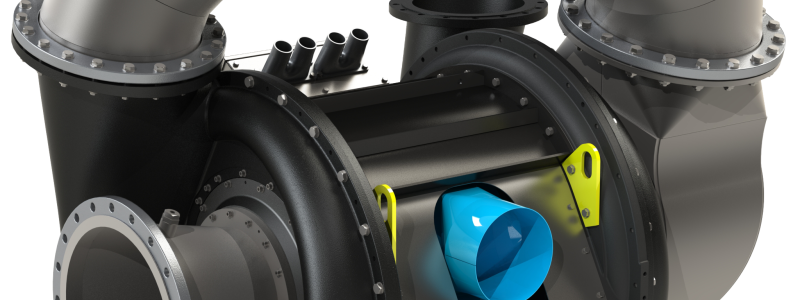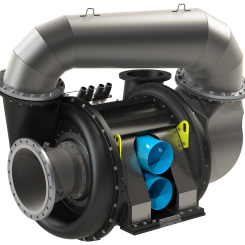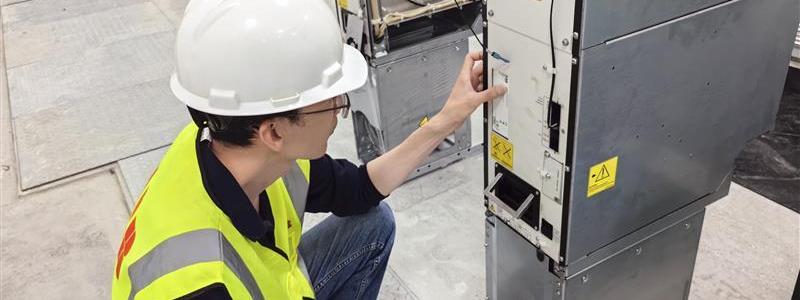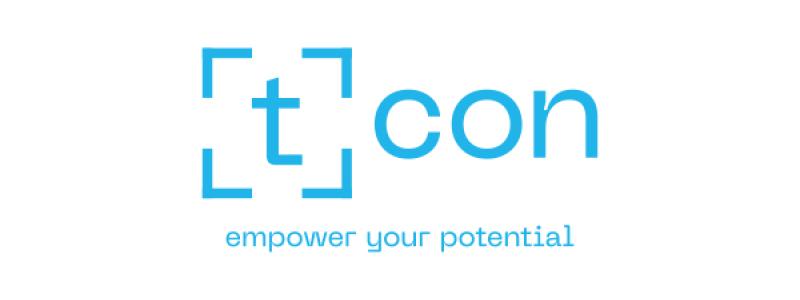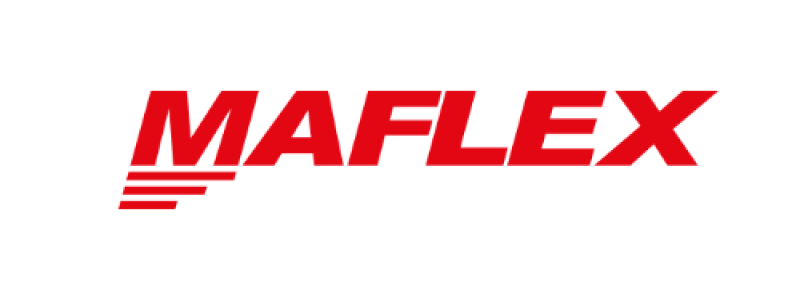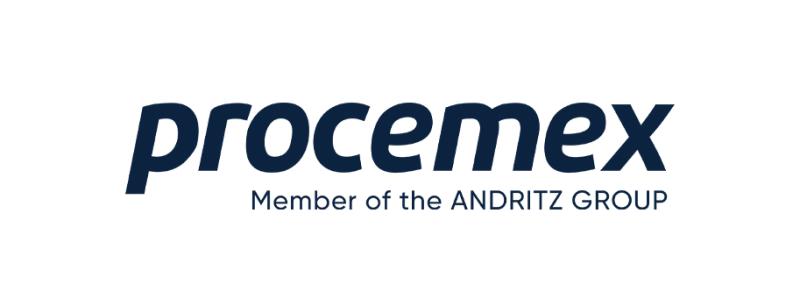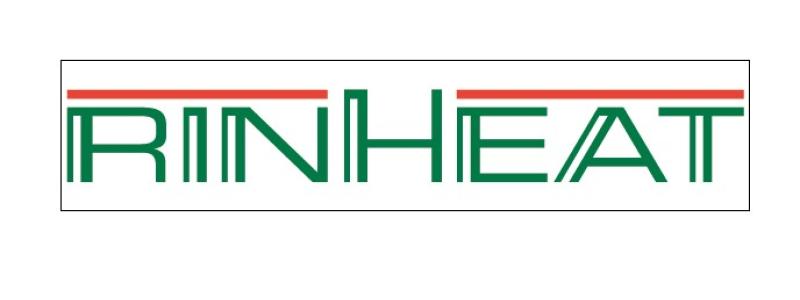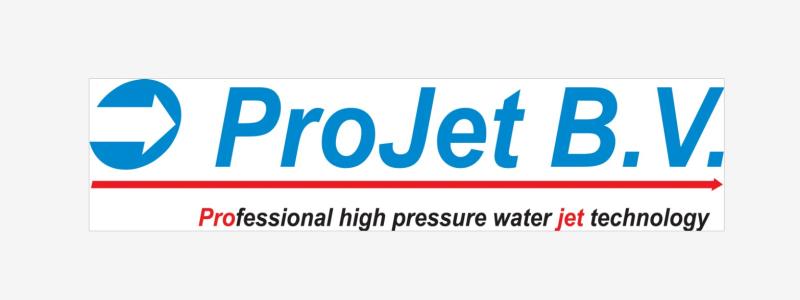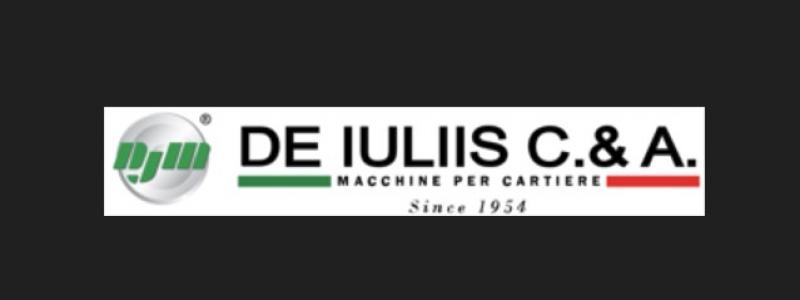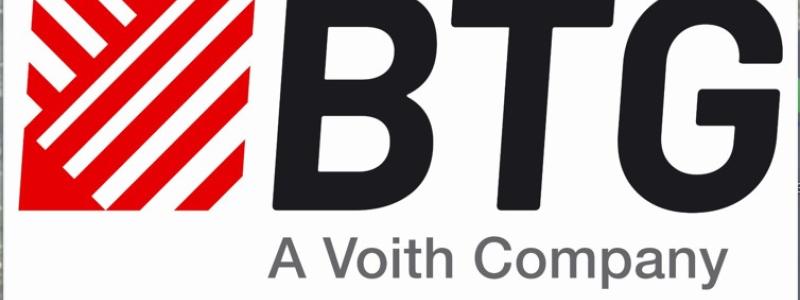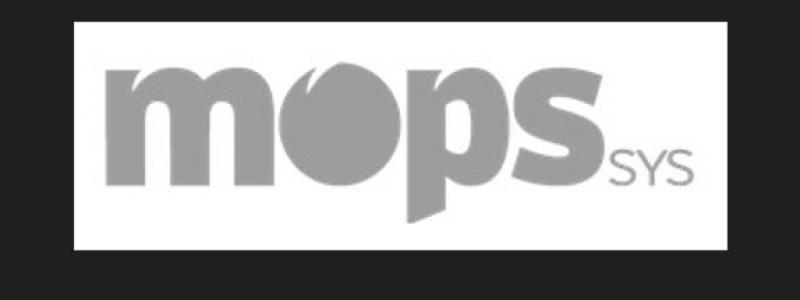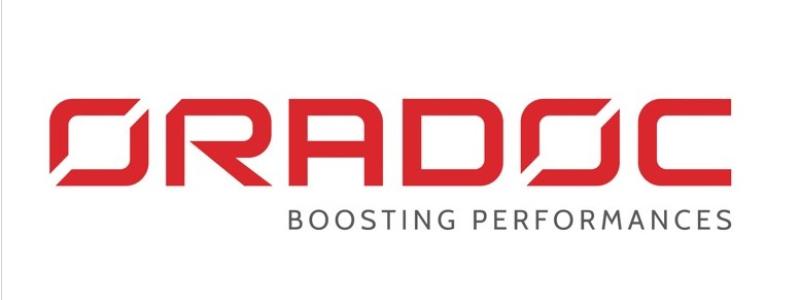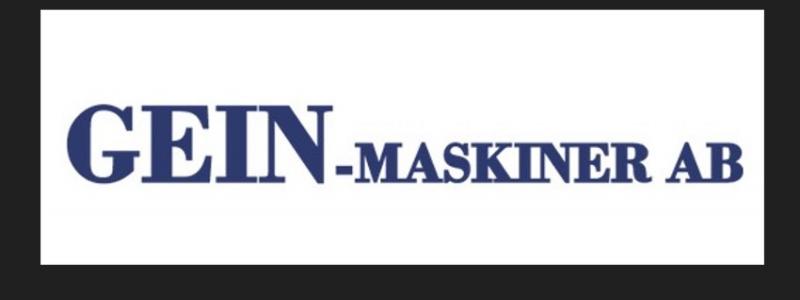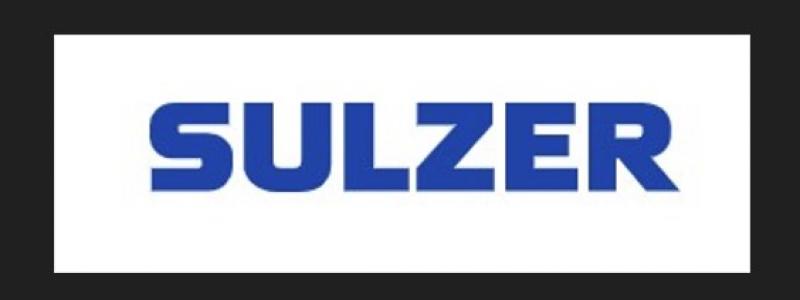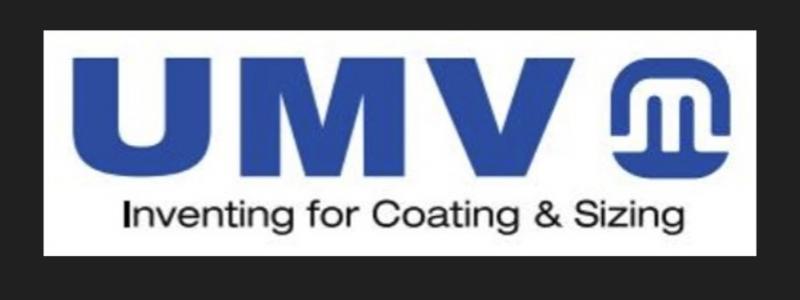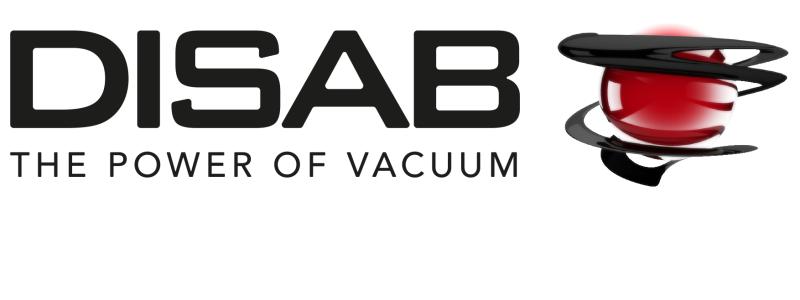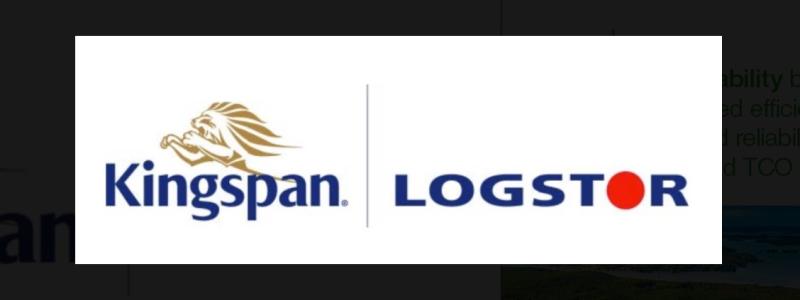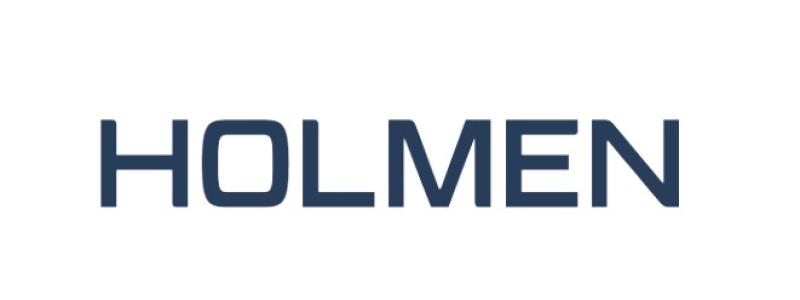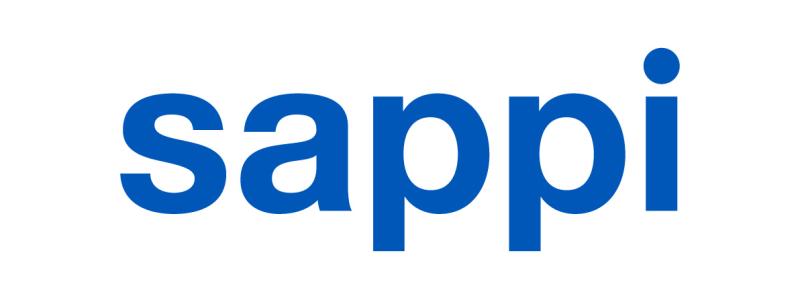Resolute Forest Products recently reported net income for the quarter ended June 30, 2014, excluding special items, of $19 million, or $0.20 per share, up from net income, excluding special items, of $18 million, or $0.19 per share, in the second quarter of 2013. GAAP net loss was $2 million, or $0.02 per share, compared to a net loss of $43 million, or $0.45 per share, in the second quarter of 2013. Sales were $1.1 billion in the quarter, down $16 million from the second quarter of 2013.
"Costs and margins normalized this quarter after the disappointing weather-affected first quarter, delivering much stronger performances in each of our four segments," said Richard Garneau, president and chief executive officer. "We generated 50% of our adjusted EBITDA from our wood products and market pulp businesses in the last twelve months. Our competitive advantage rests on our cost-focused strategy and diversified asset base, giving us the tools to maximize earnings power in this challenging industry."
Non-GAAP financial measures, such as adjustments for special items and adjusted EBITDA, are explained and reconciled below.
The Company recorded an operating loss of $8 million in the second quarter, compared to operating income of $3 million in the year-ago period. Overall pricing was essentially unchanged in the quarter, as the 8% increase in market pulp prices was offset with lower average transaction prices in newsprint, specialty papers and wood products. Newsprint shipments rose by 3% and wood products by 22%, while specialty papers shipments were 2% lower.
The increase in lumber shipments reflects an increase to production capacity and better market demand. Market pulp shipments were down by 15%, however, in part due to more internal consumption of hardwood kraft pulp and slowing North American demand, particularly softwood and recycled grades. With lower start-up costs and pension and other postretirement benefit expenses, overall manufacturing costs continued to improve. The Company also benefitted from its electricity cogeneration assets and asset optimization initiatives, offset in part by an increase in overall fiber costs and in maintenance and repair costs. The weaker Canadian dollar had a $22 million favorable effect on operating income.



